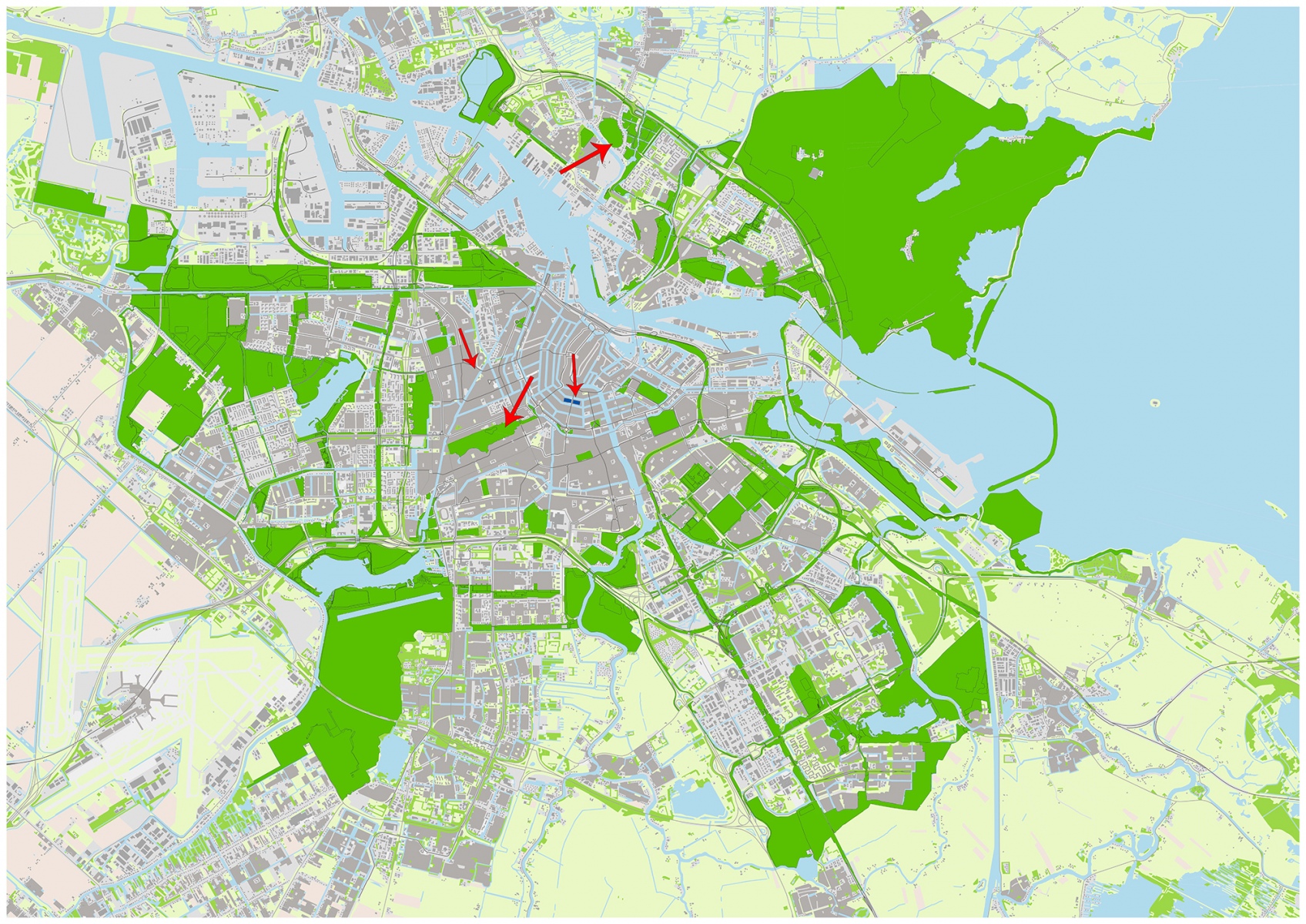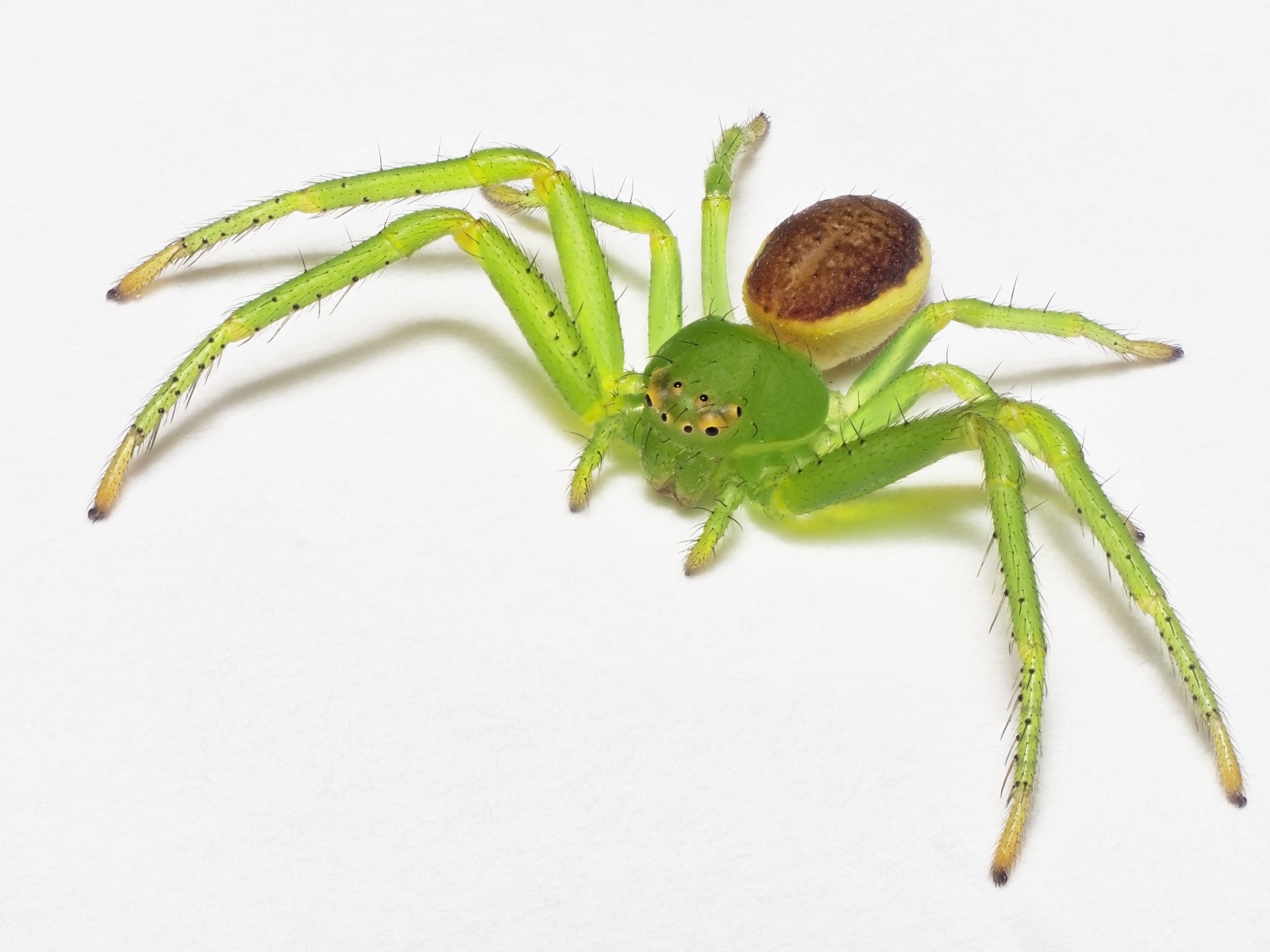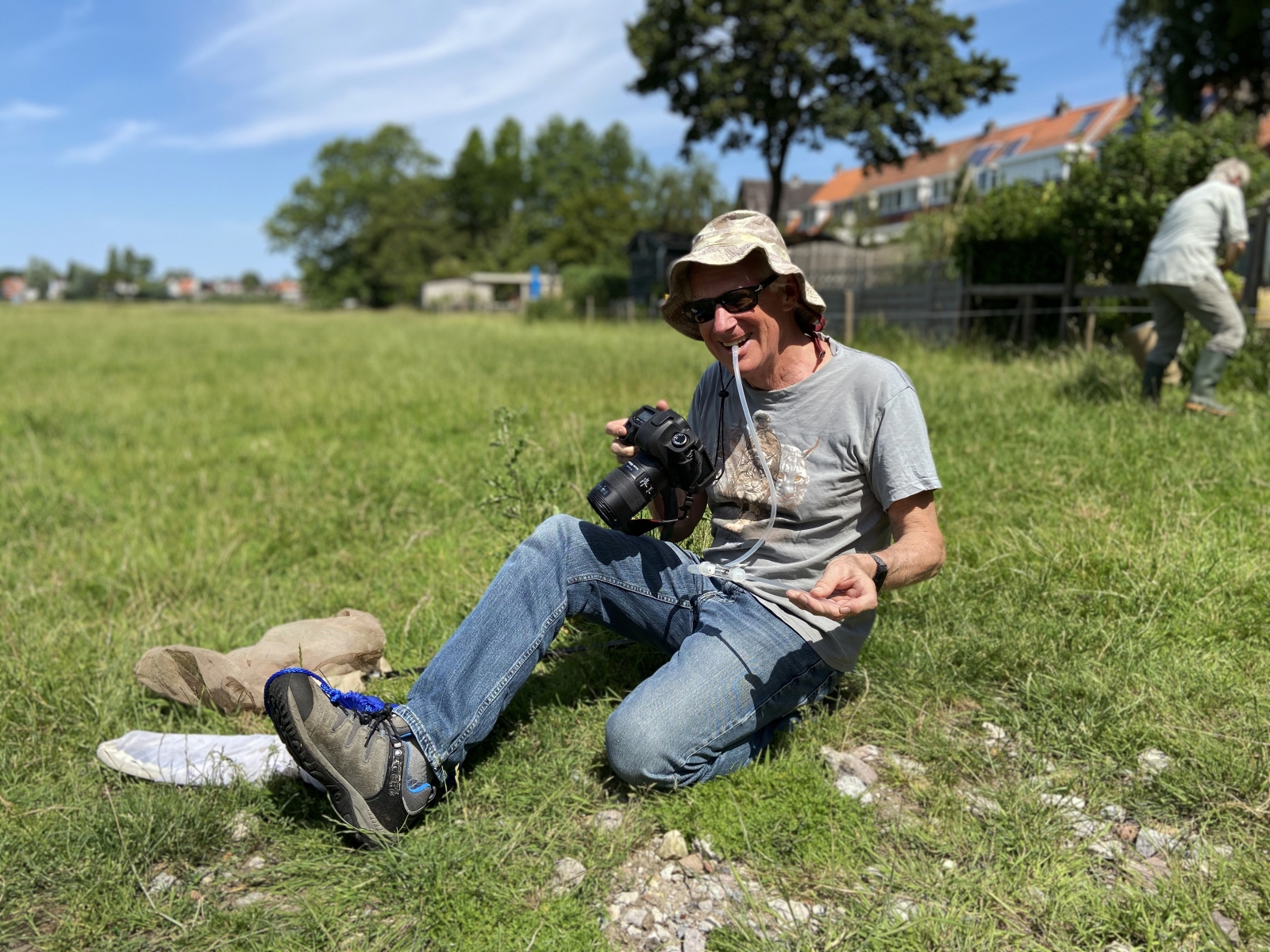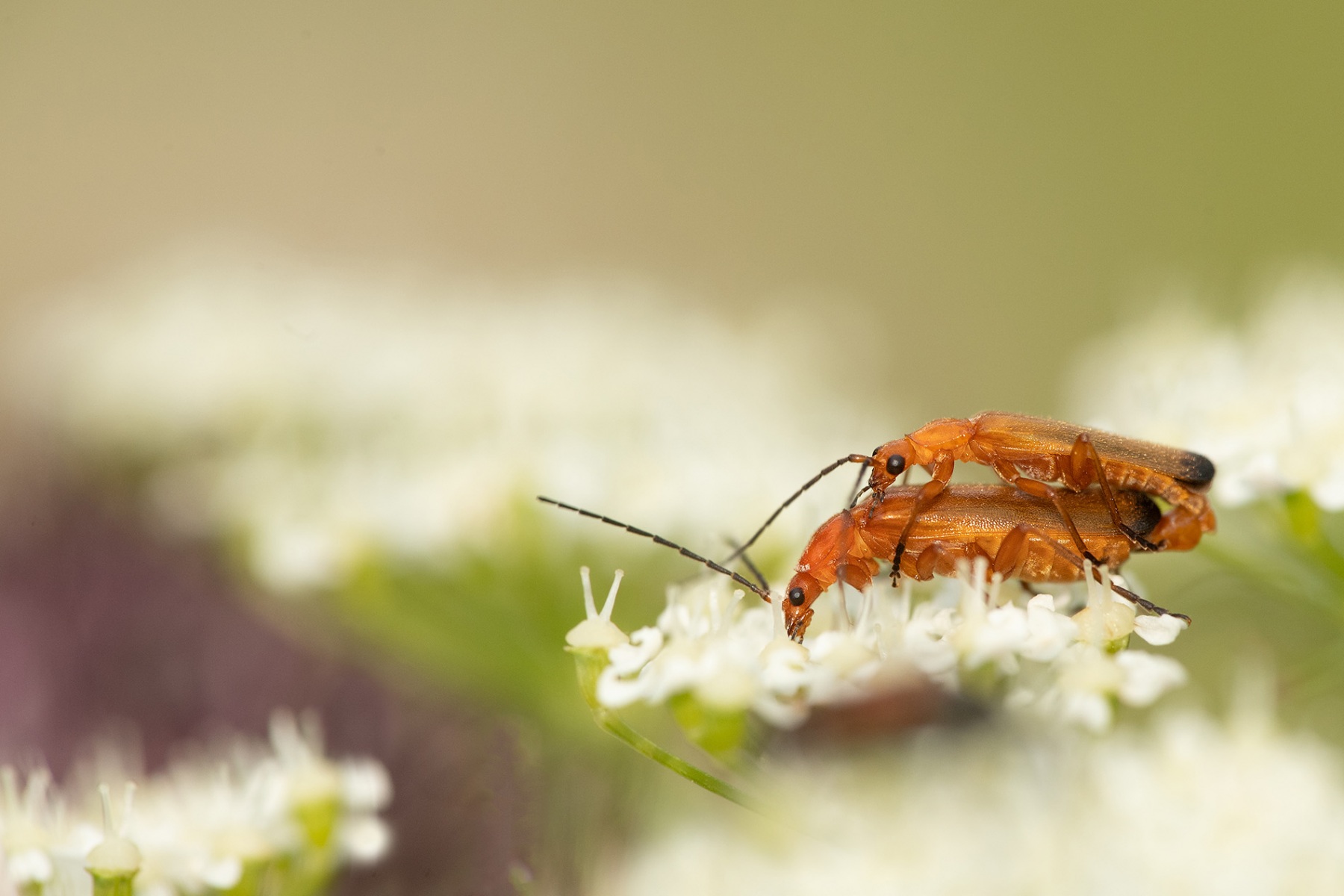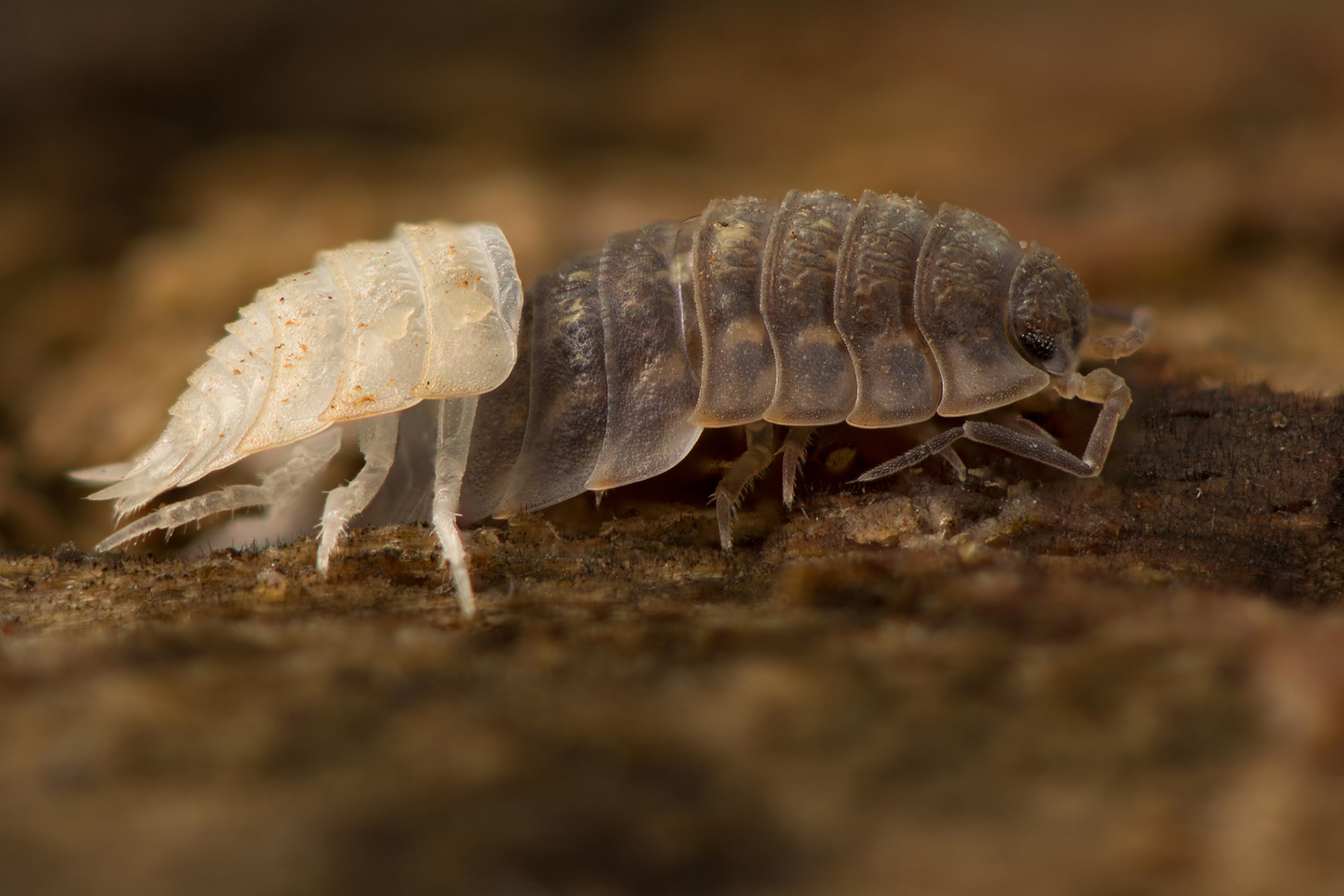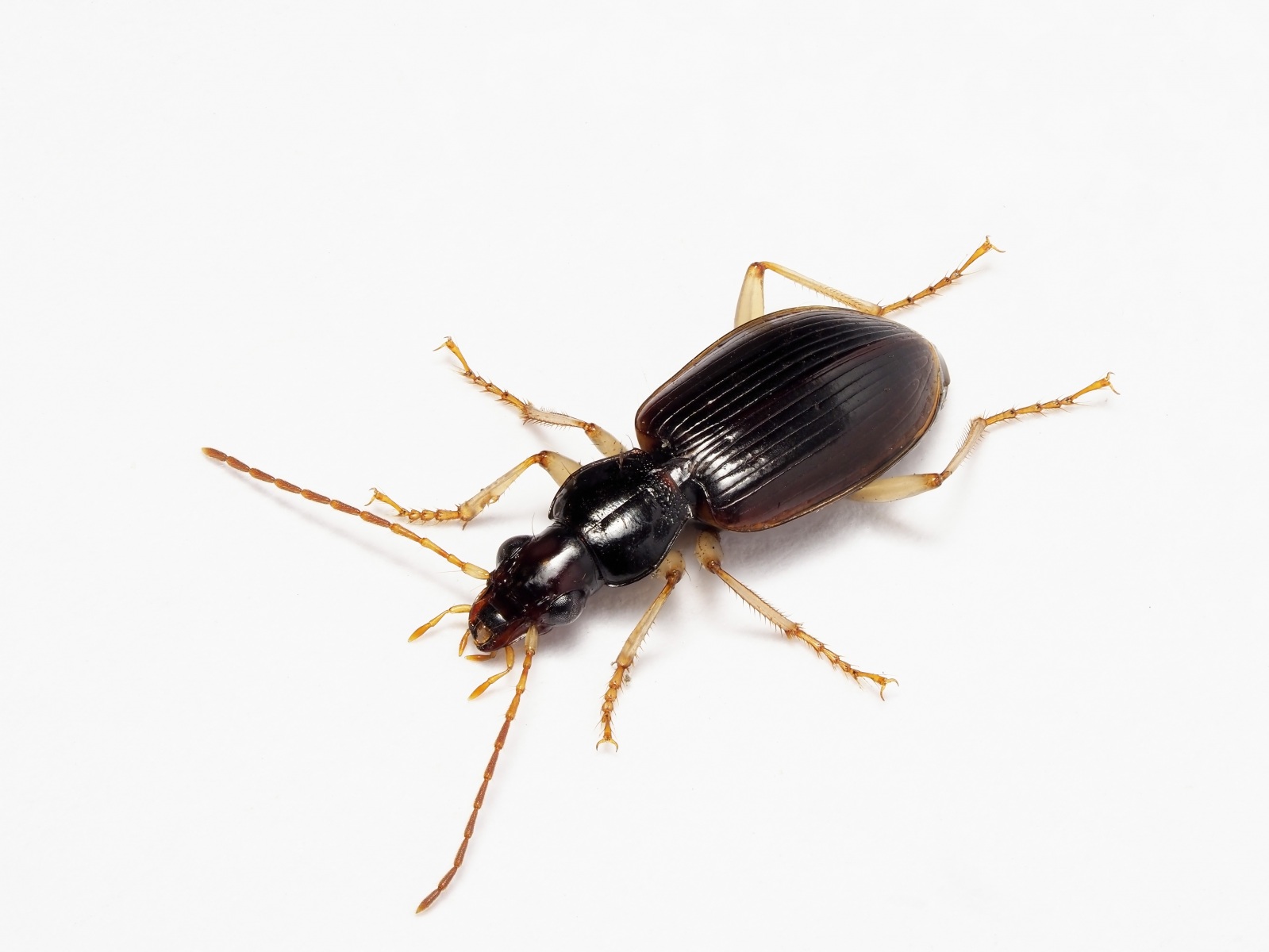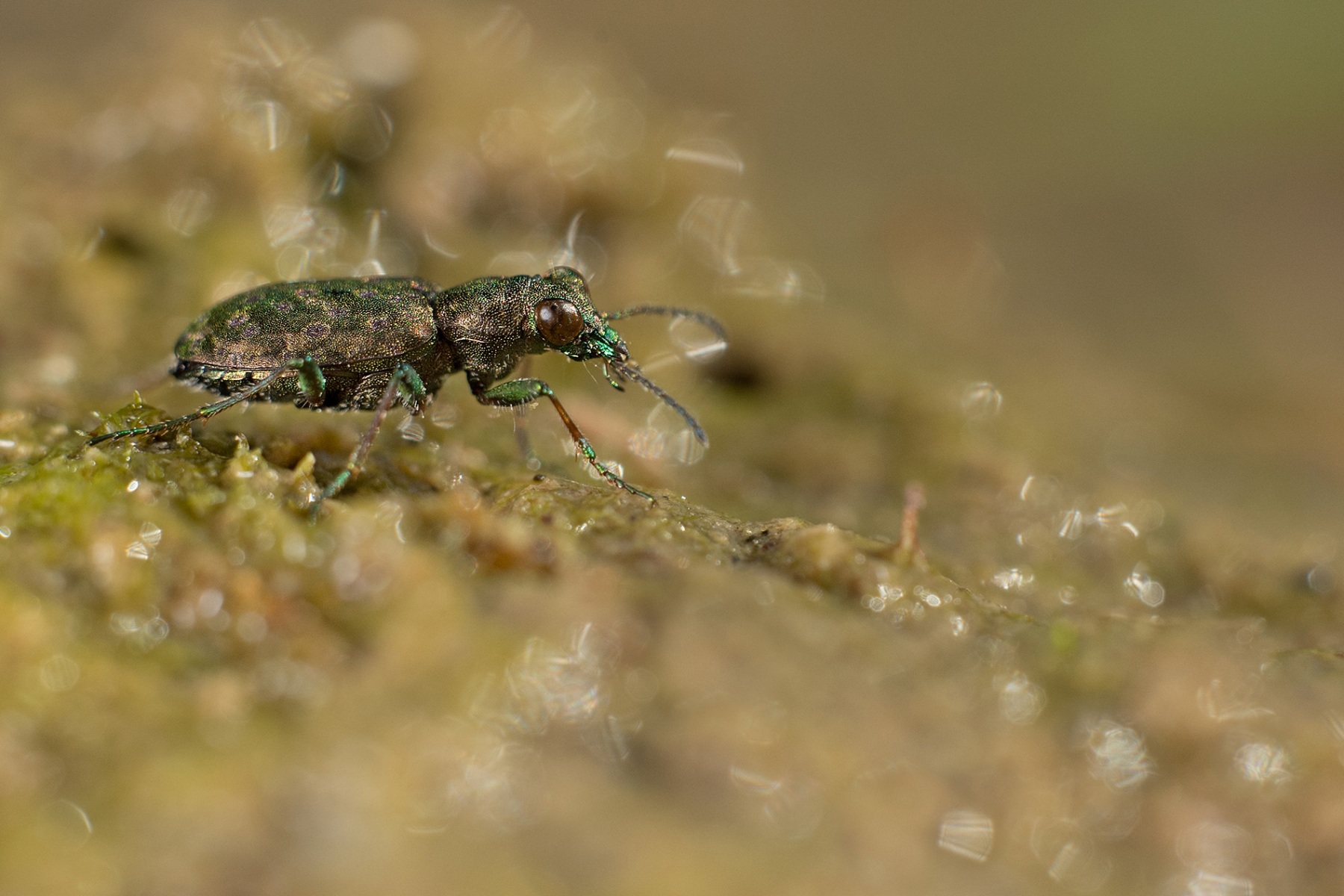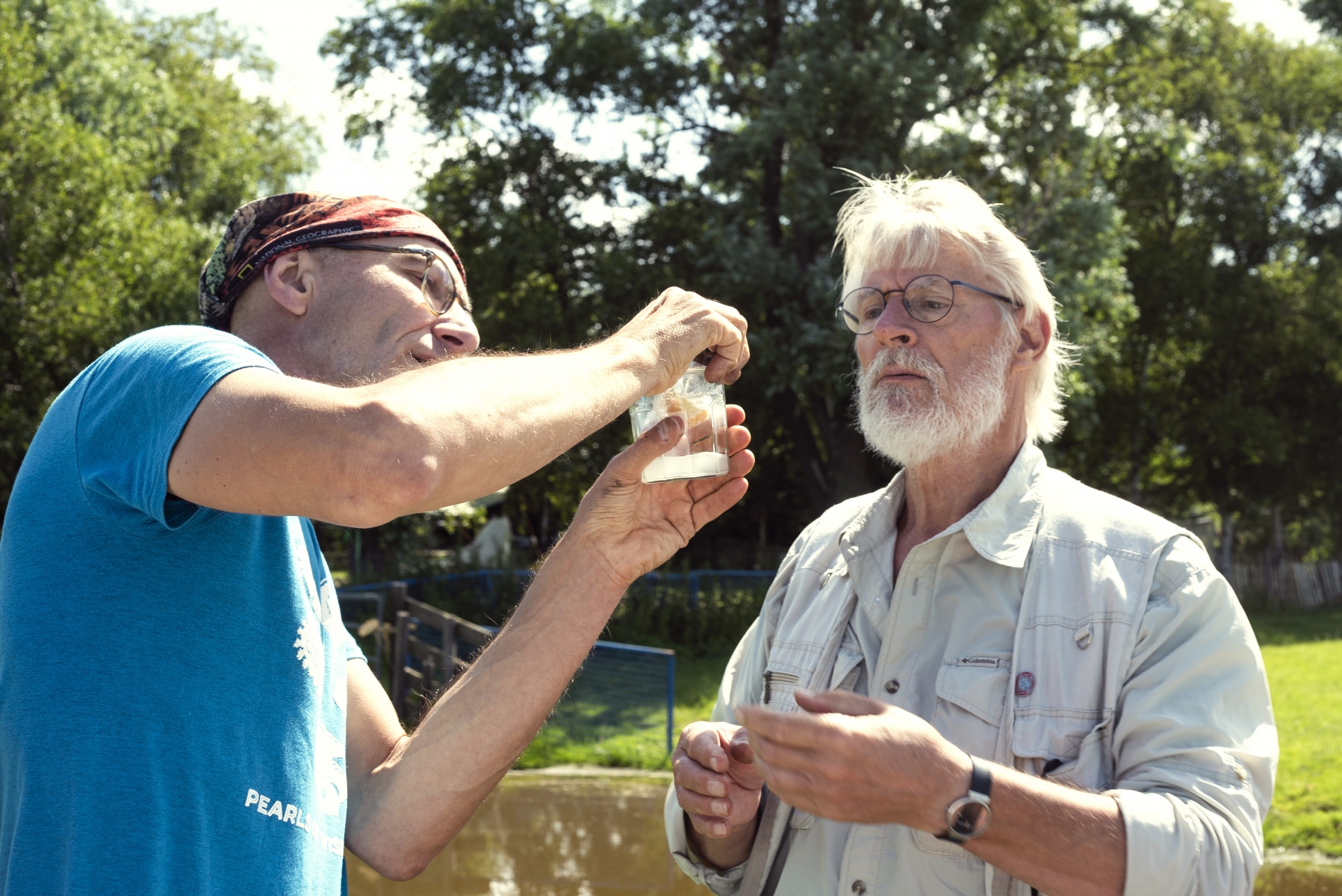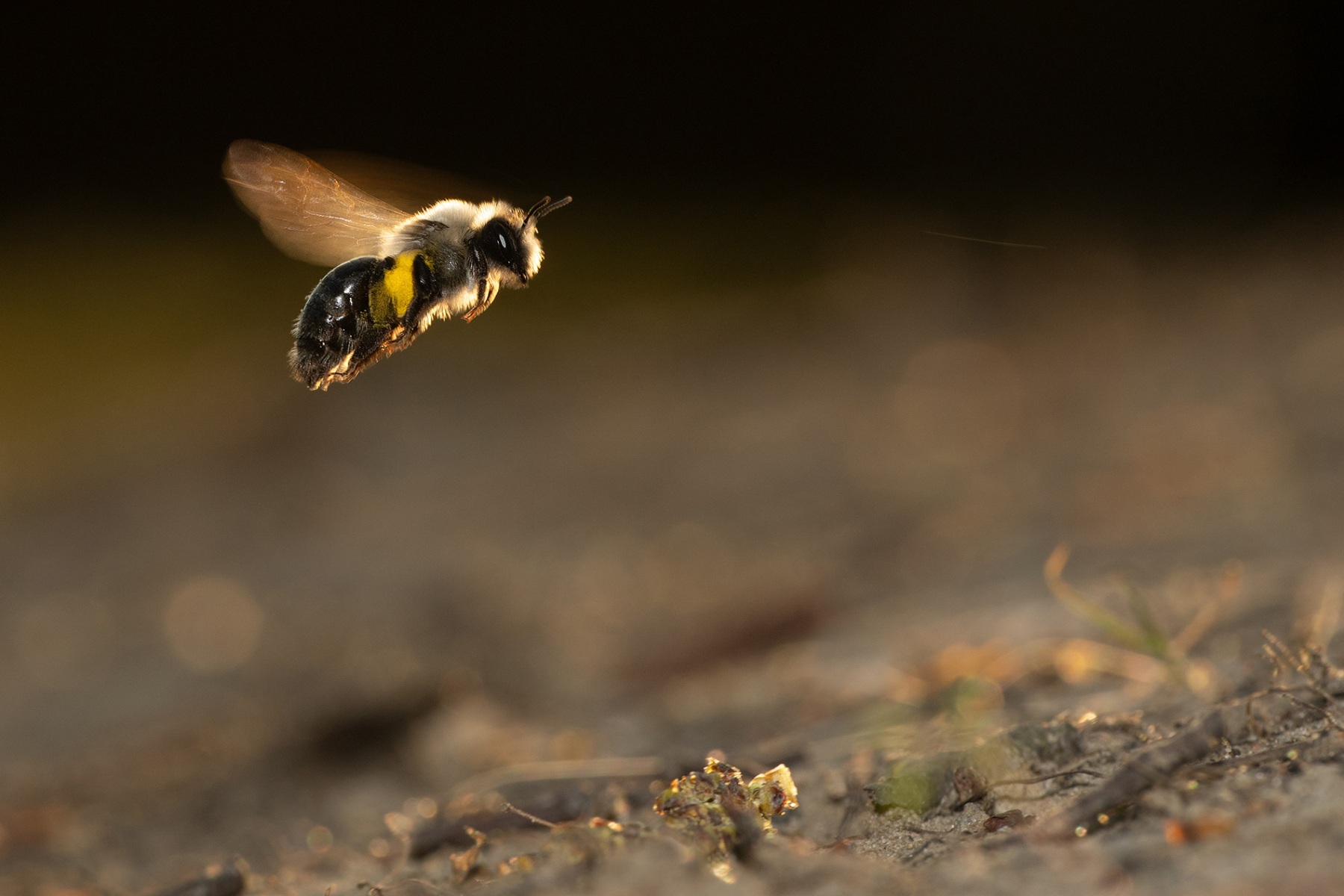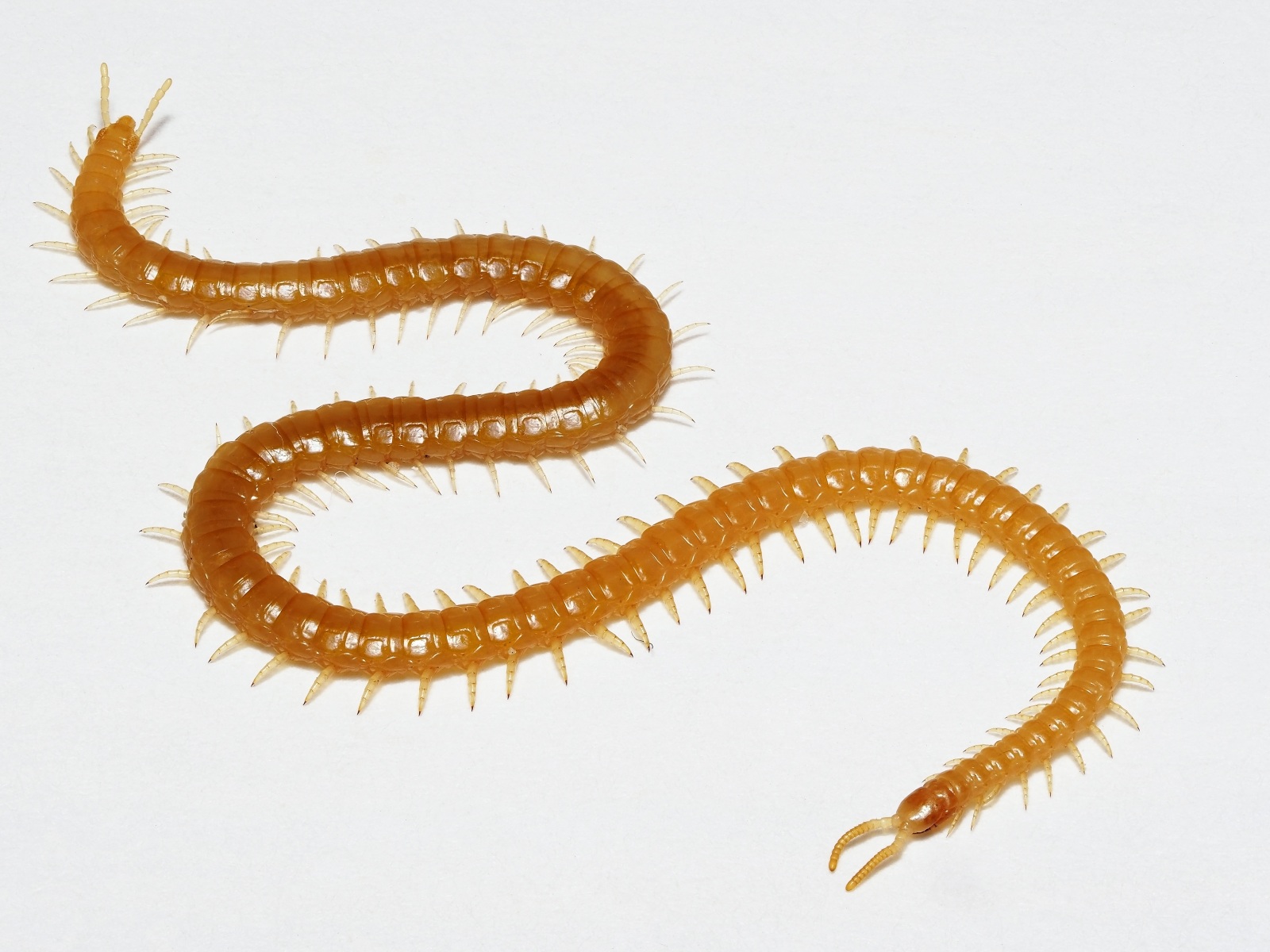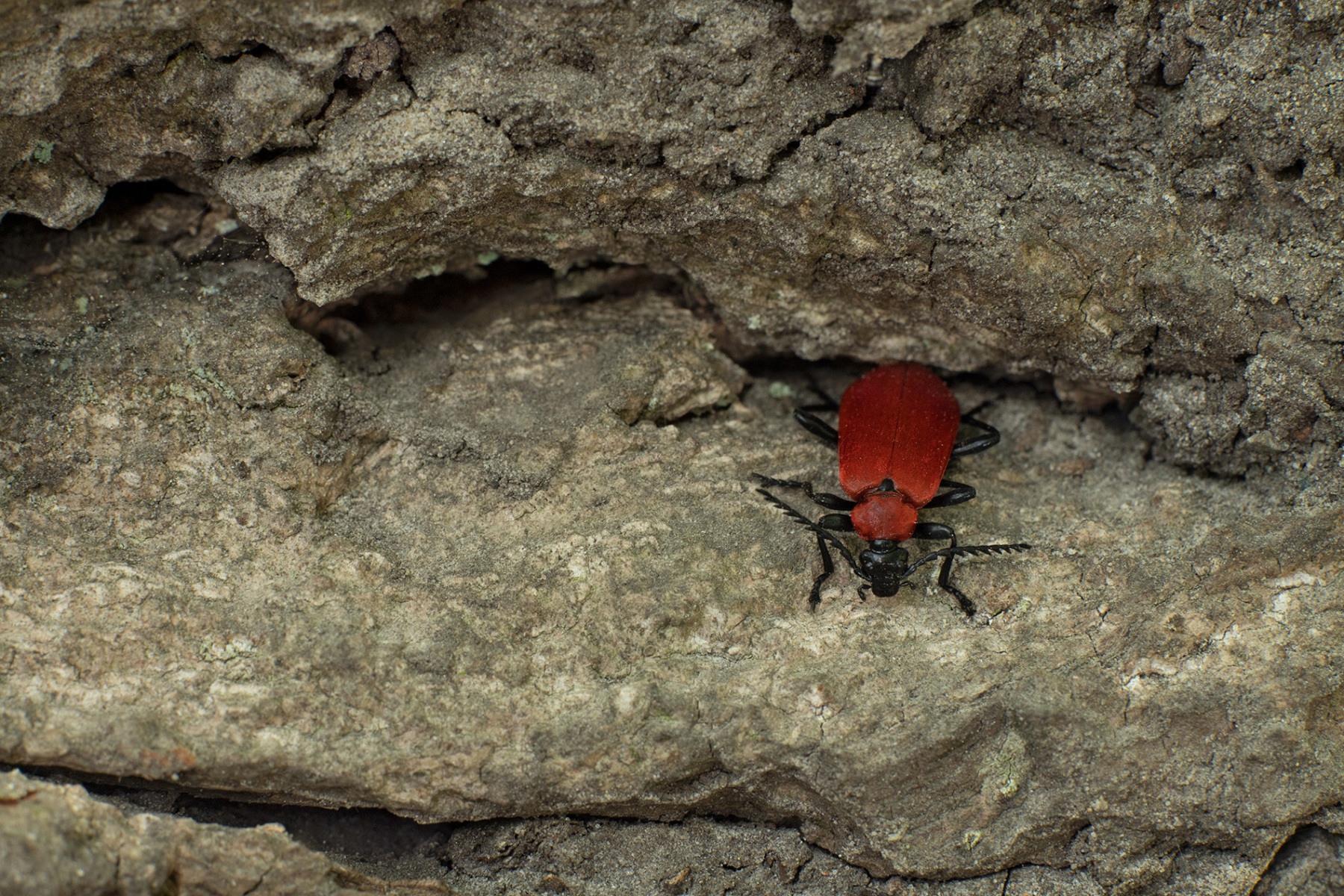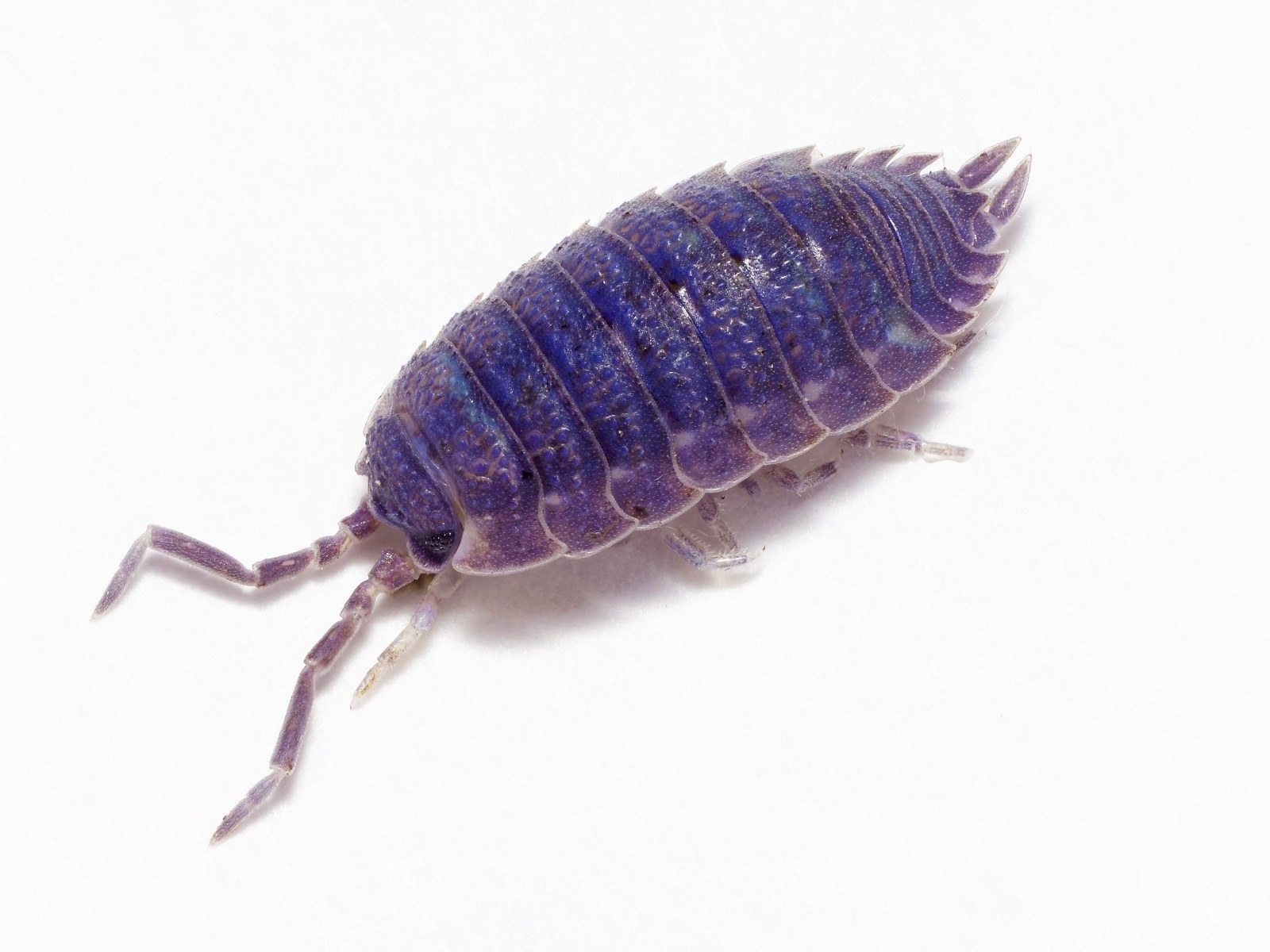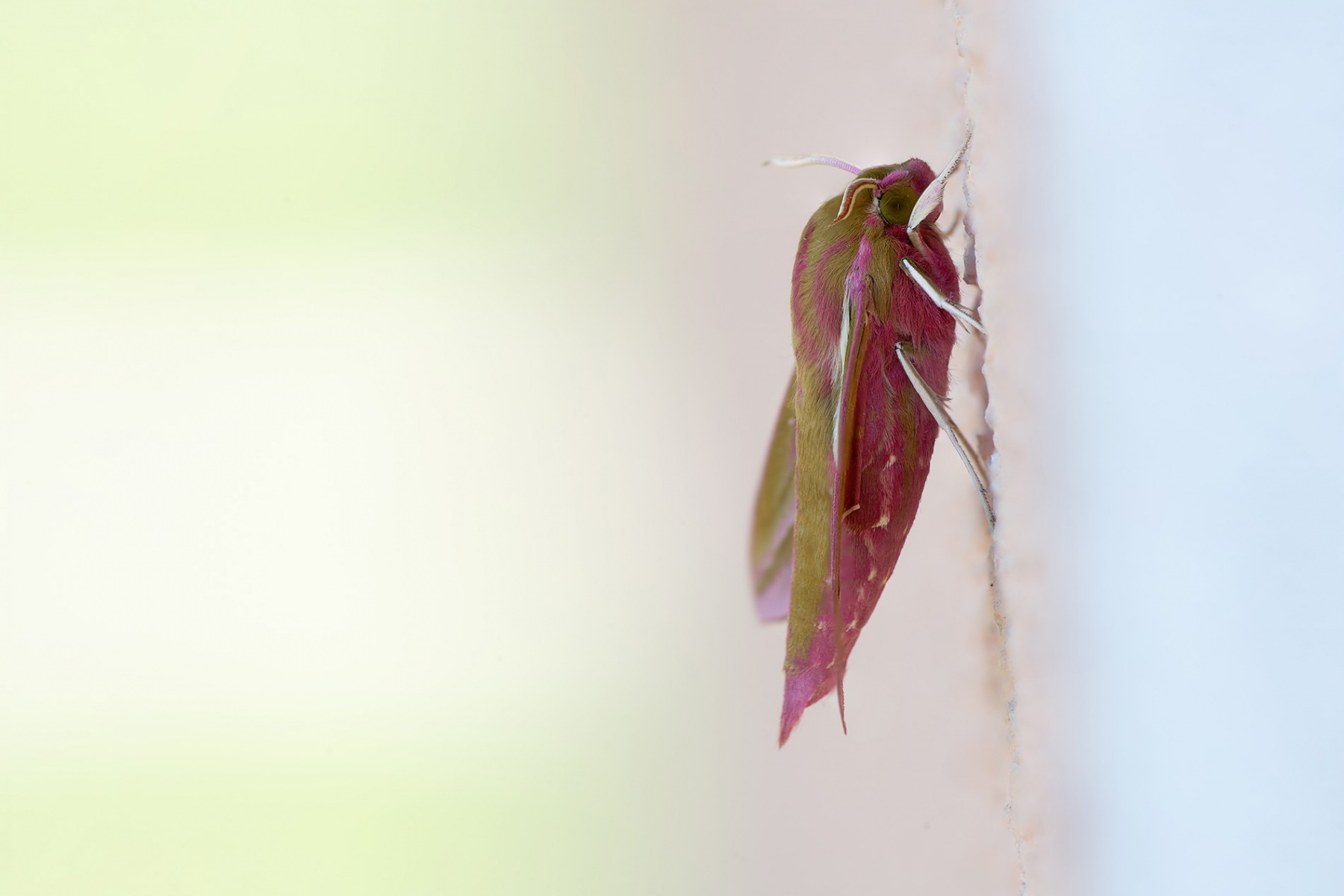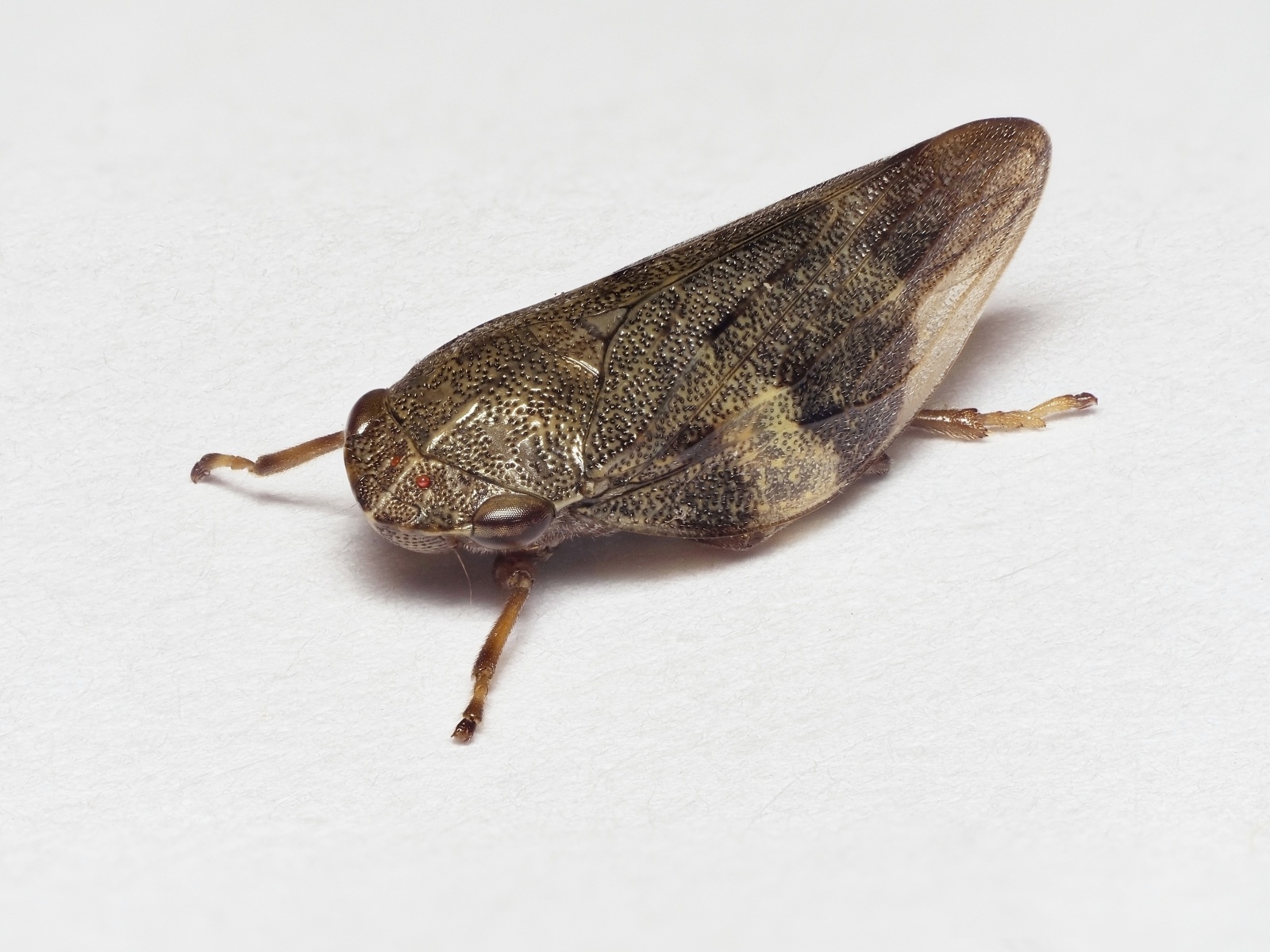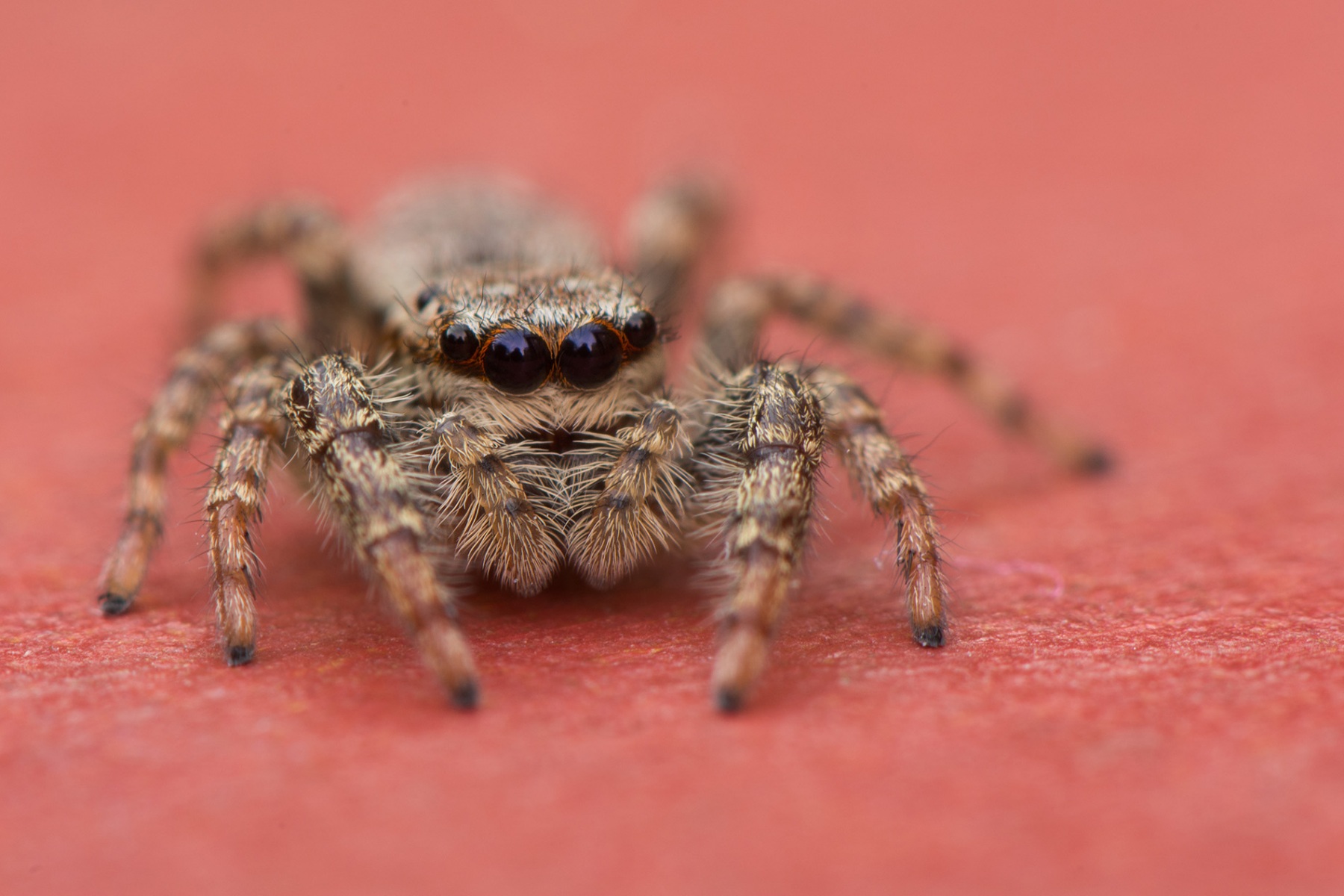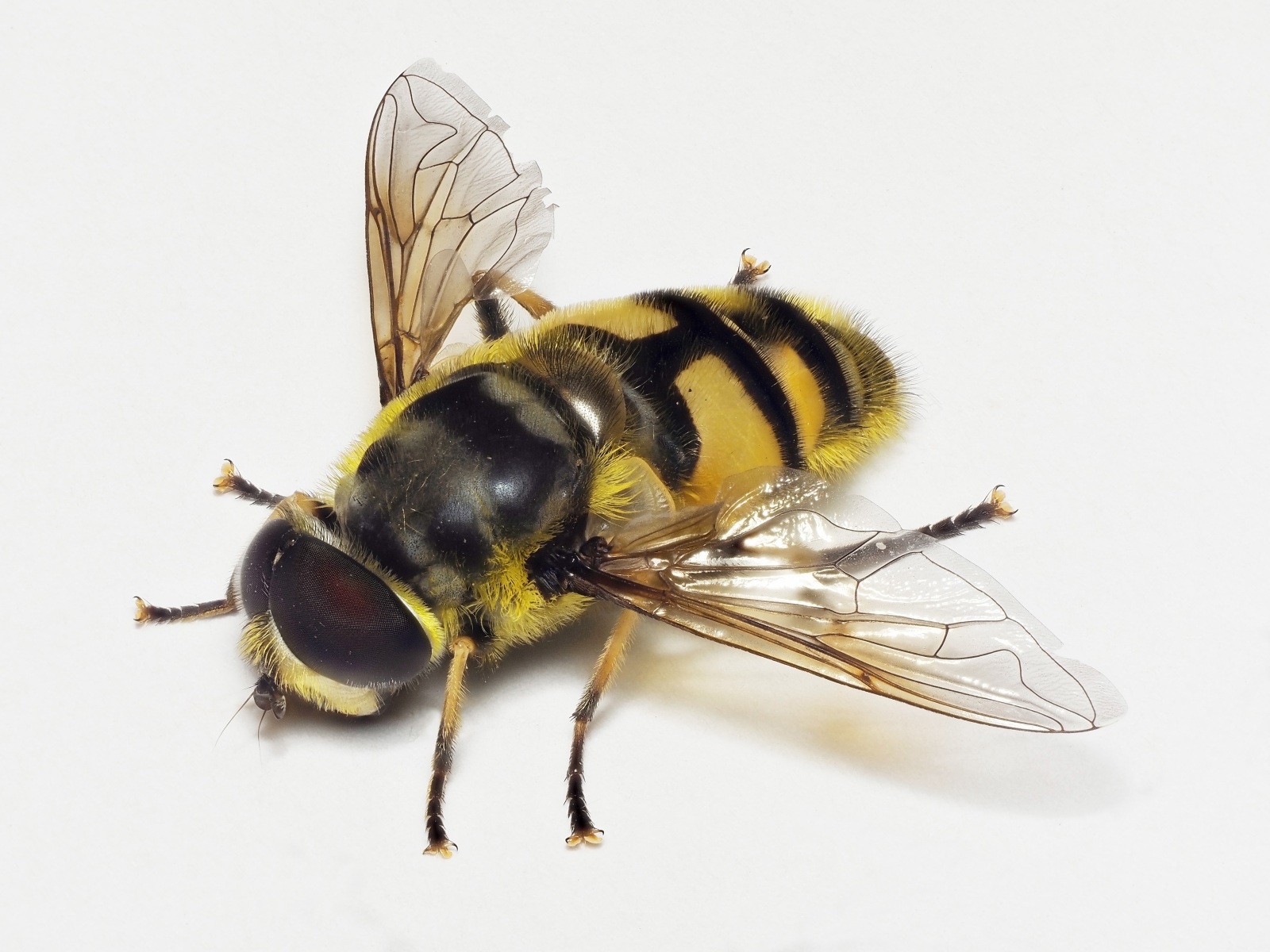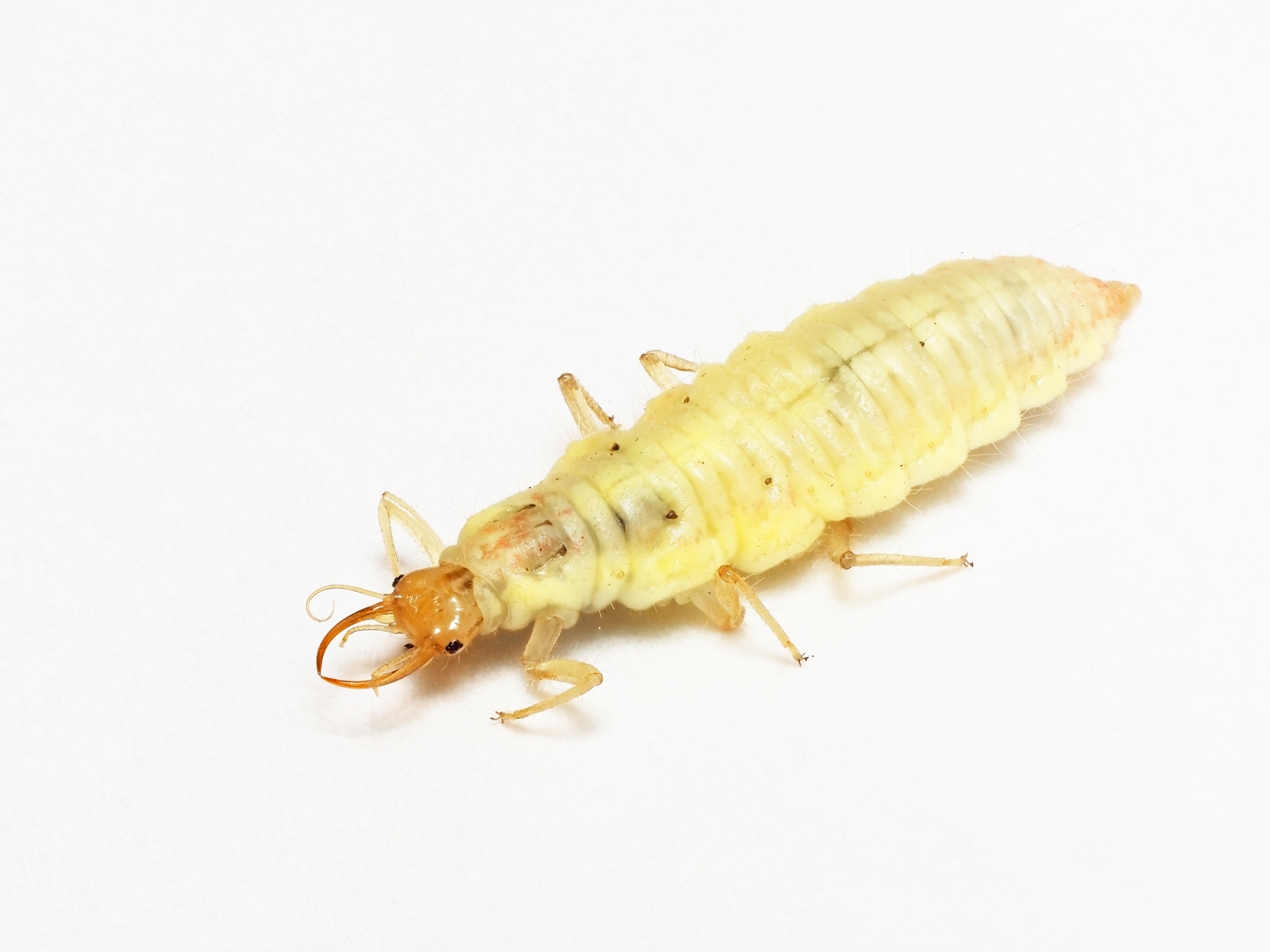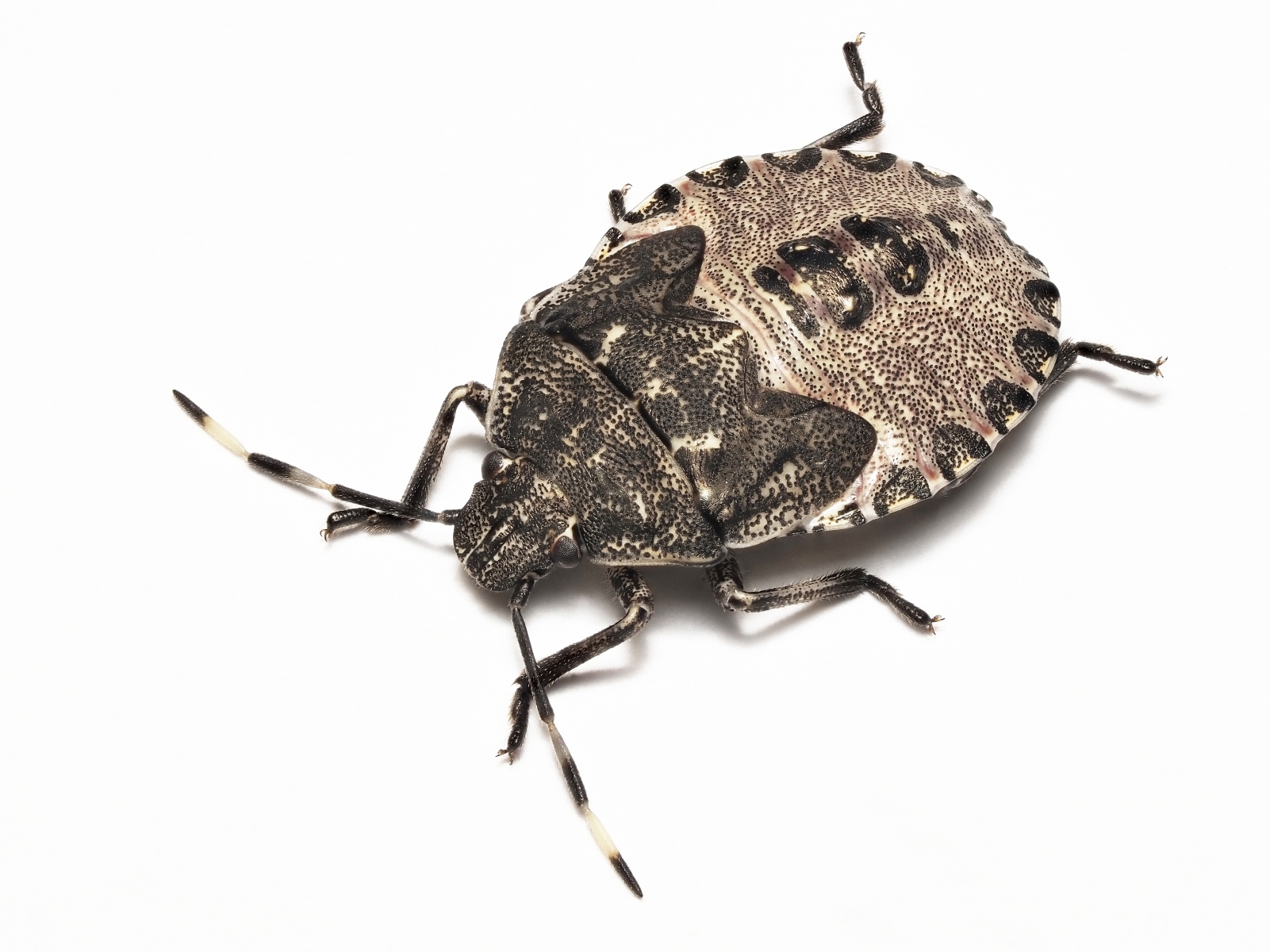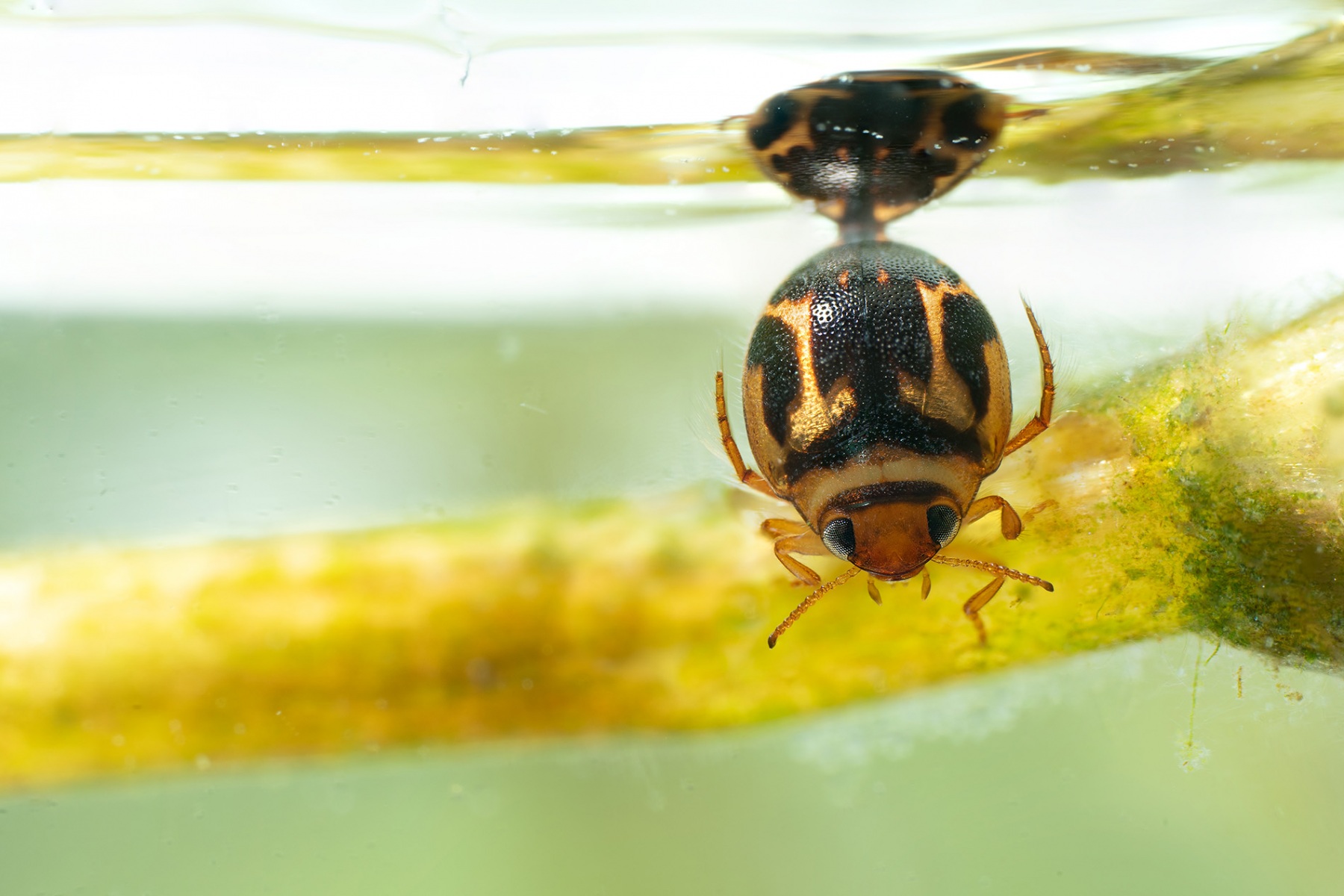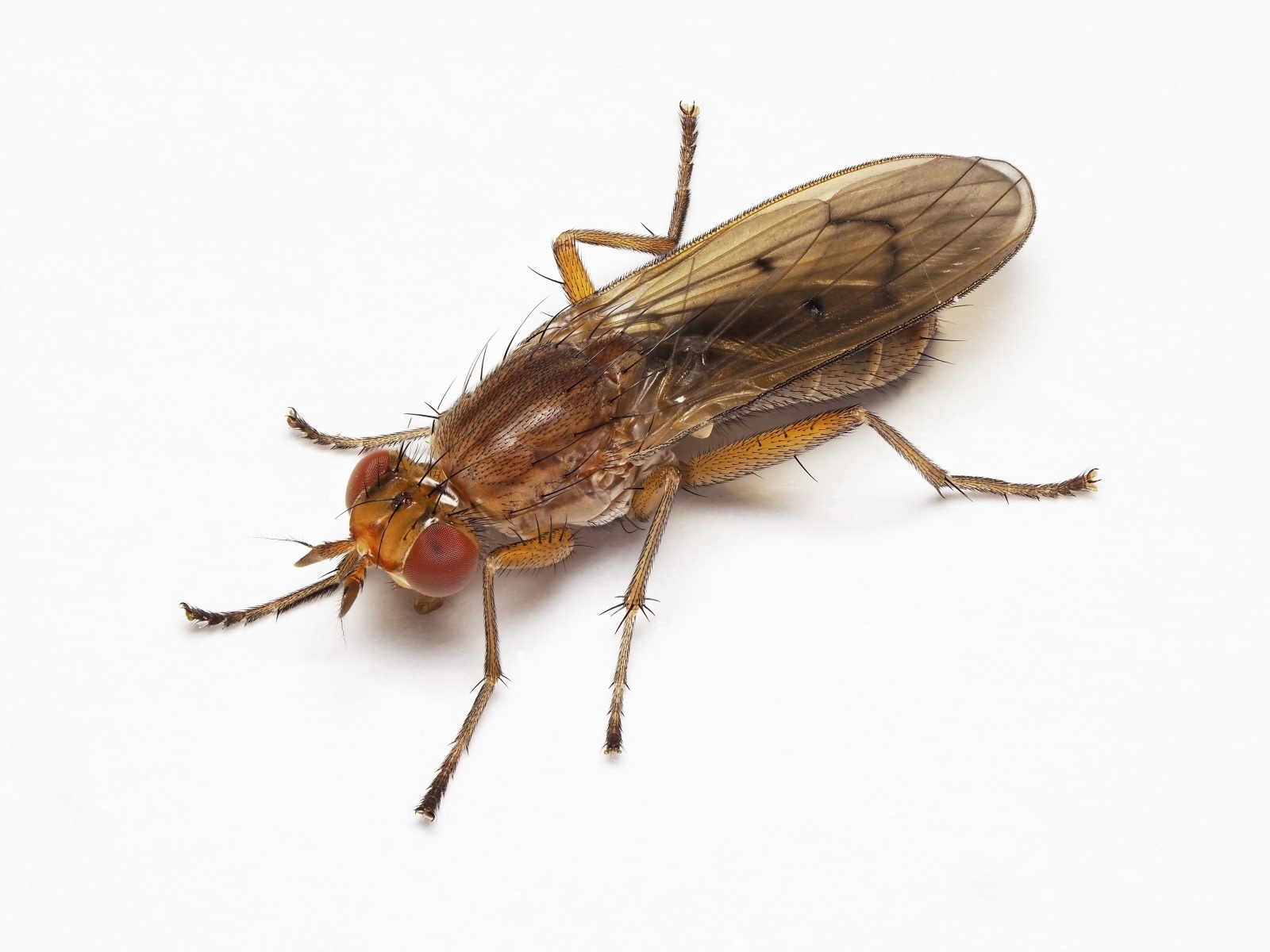Normally, Dutch citizen-science travel organization Taxon Expeditions takes its participants into the tropical rainforest or the caves of the Balkans to discover new species of wildlife. But with the rampant pandemic and all travel suspended, they decided to stay closer to home. This summer, in collaboration with the municipality of Amsterdam and neighborhood nature study groups, they organised a series of ‘expeditions’ into urban green spaces of the Dutch capital.
With teams of community scientists, they inventoried two locally managed pieces of urban jungle (Slatuinen and Wilmkebreekpolder), and also two ancient gardens in the historical city centre (photo museum Foam and Hammerstein Advocaten). In just two weeks, the teams uncovered a staggering biodiversity of nearly 1,000 species of tiny creepy crawlies, including several species rarely or never seen before in the city.
Menno Schilthuizen, one of the founders of Taxon Expeditions and author of the book Darwin Comes to Town, says: ‘by learning how to access these lesser-known parts of their neighborhood biodiversity, community scientists can begin advocating the unique natural values of their local urban green spaces and defend these against the ever-present threats from development.’
CLICK ON THE IMAGE TO MAGNIFY AND VIEW THE DESCRIPTION

